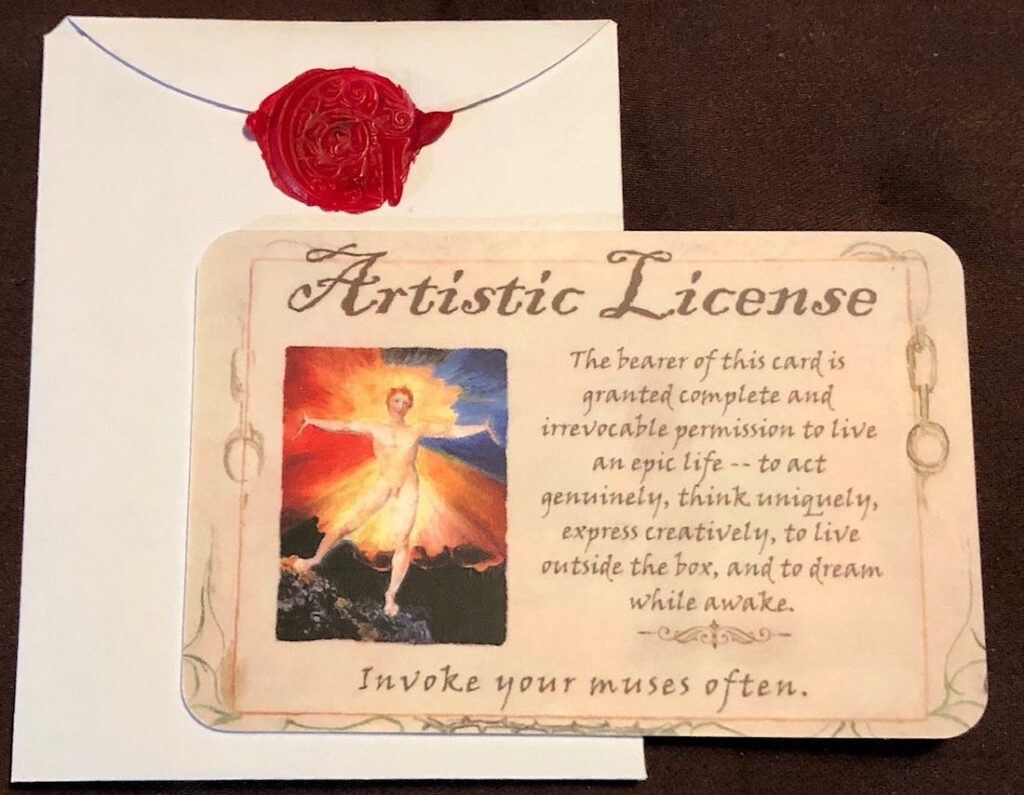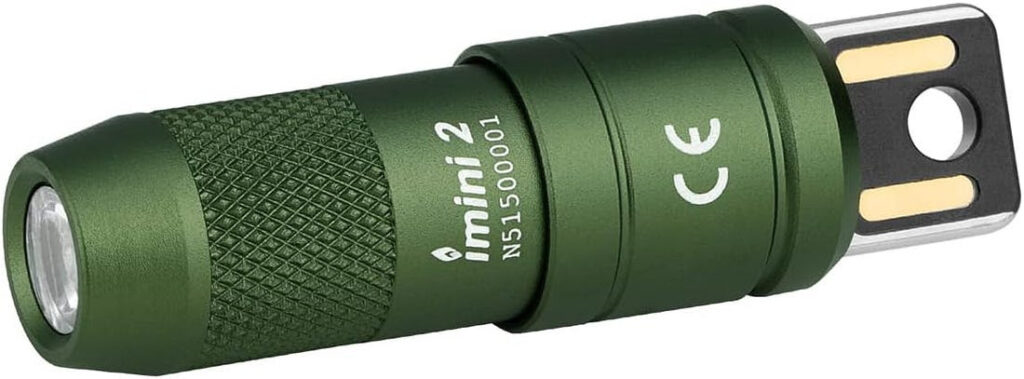Destinos
Best way to learn Spanish at home
Based on a recommendation from John Walker, founder of AutoDesk, now living in a French-speaking part of Switzerland, I tried out the French in Action series. It is all that he promises. I was amazed how far I got so quickly merely by watching and responding to this series of ever deepening complexity. The key to progress is the vivid visuals, body language and corny involvement that the videos cultivate.
Inspired by the French method, however, I sought out a Spanish equivalent and found it in Destinos. Like French in Action, Destinos is a highly structured, highly-evolved video program based on an innovative professor’s work, and published by the Annenberg Foundation. In Destinos, you again start off with no Spanish and very rapidly become sucked into a long Spanish telenovela. The story is cleverly designed to start basic and steadily leverage in sophisticated terms, so that by the 52nd show you can understand nearly everything in the first show. And then you start over.
Having gone through both courses, there are some differences. In French in Action you get a wild-haired French professor gesturing emphatically to convey weird French grammar, while cute little clips from French movies repeat a phrase in many voices so you can get used to hearing it spoken live. And the love story that forms the backbone narrative is heavily diagrammed in a French logical way. Destinos, on the other hand, is more relaxed and focuses almost exclusively on a very high-production detective mystery/soap opera which was filmed in 5 countries on 3 continents. It is easy to let yourself get hooked on the story, even though you are only catching 10% of it. Because Spanish is less distant to English speakers, there is less emphasis than the French on grammar and pronunciation. Destinos is more casual, go with the flow and you’ll pick it up, while French in Action is more pedagogical and well… French.
The ideal way to learn a language is immersion, where you are forced to both listen, speak and read. Because of the nature of this medium — a series of videos — listening is the primary action stressed, although both programs give plenty of opportunity for reading and speaking. At the end of even the third time through your fluency will be primarily in comprehension — but you’ll be in a great position to take it much further very fast.
Both of these programs share another very important feature; both are funded by Annenberg/CPB, a non-profit promoting innovation in schools. Recognizing the value of educational videos, Annenberg has funded the purchase of these series for public libraries. This means that almost every library system in the US has a copy of the series.
These shows are also occasionally broadcast on PBS so you can set your TiVo to capture them. Some local PBS stations conveniently run the series consecutively on a few nights to make them easier to tape.
They are outrageously expensive to purchase: $500 for the series of 12 DVDs. DVDs could be a good deal for those traveling to Spanish or French speaking lands, where the videos are extremely effective with local practice.
However, if you don’t mind sitting in front of your computer you can get a completely free video stream of either Destinos or French in Action from the Annenberg website.
Me? I borrowed mine from the library.
In a perfect world, someone wise would fund a similar well-crafted soap opera language series in Chinese for learning Mandarin, which is only spoken by 1 billion or so people. Or Arabic, Swahili, German, and so on.
In the meantime, buena suerte, or bonne chance!
09/9/04







